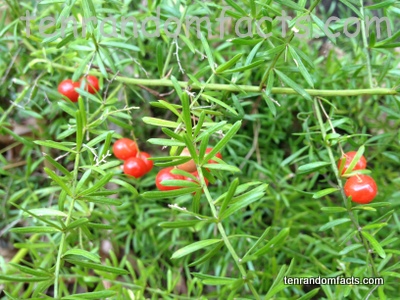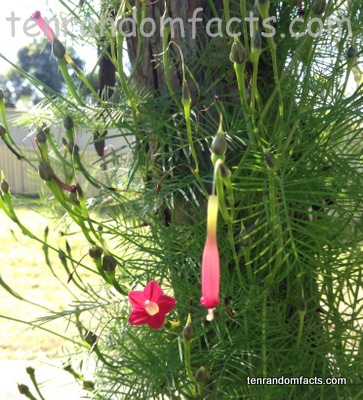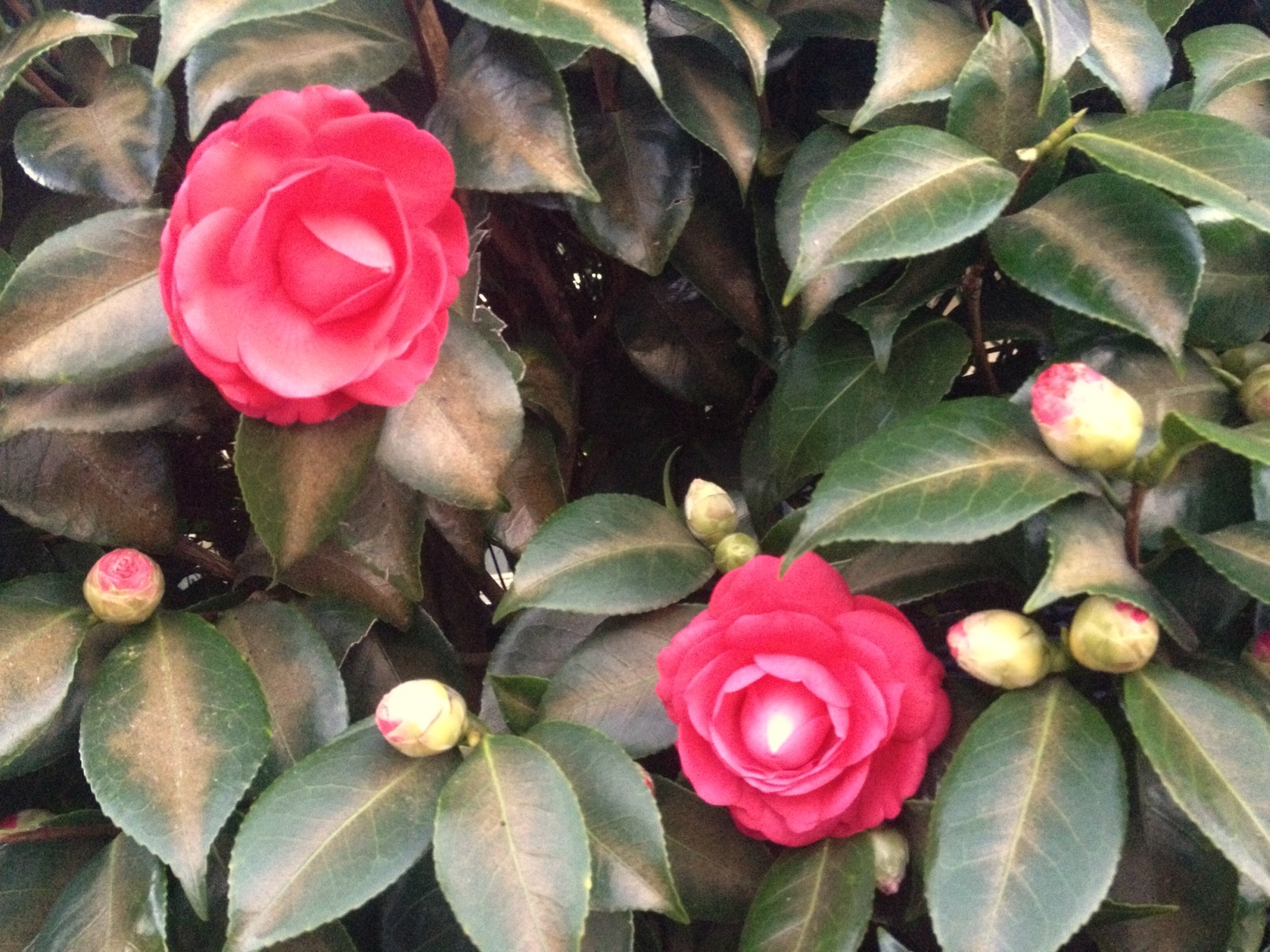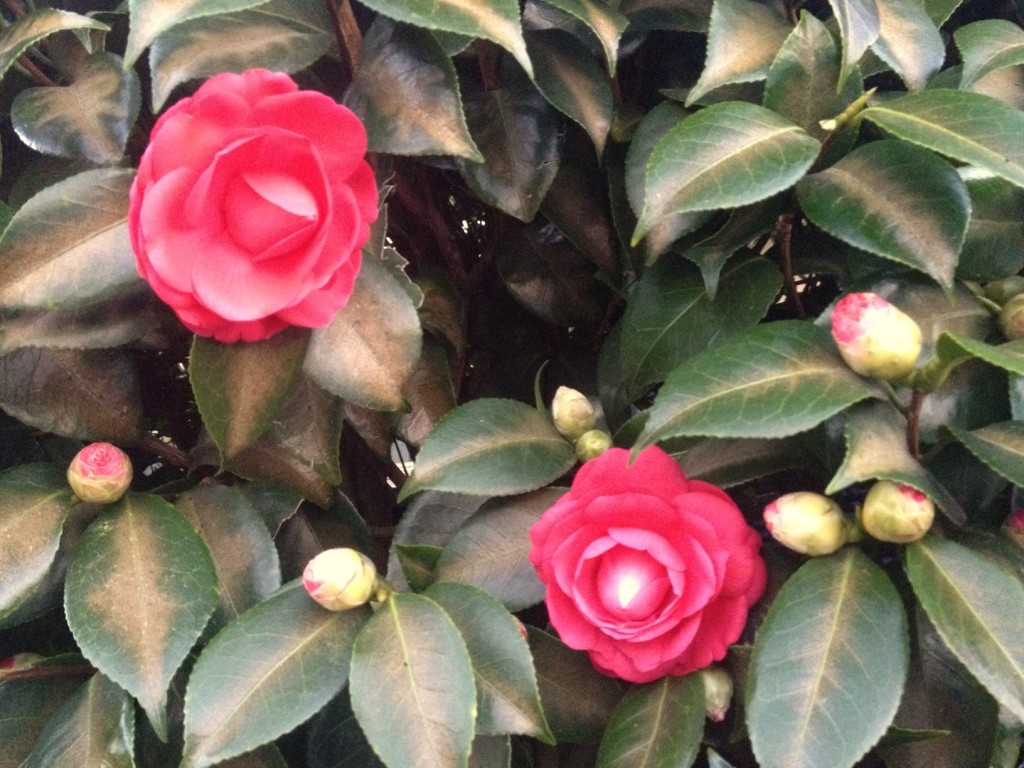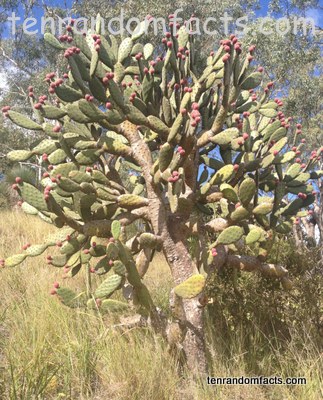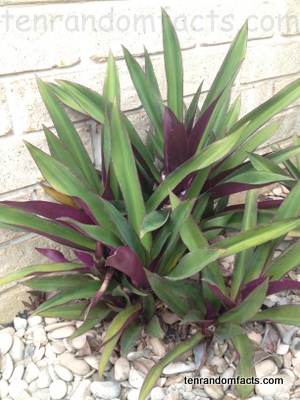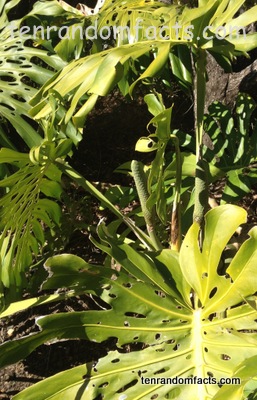
A unique flavour, the Monstera deliciosa.
- Monstera deliciosa is a climbing, flowering plant that grows in tropical rainforests or other humid shady areas, and in the wild the grow up tall trees and send down aerial roots to the ground where they take root.
- Monstera deliciosa are native to southern Mexico, central America and Columbia and are also known as the ‘Swiss cheese plant’, ‘cheese plant’, ‘fruit salad plant’, ‘monsterio delicio’, ‘monster fruit’, and ‘Mexican breadfruit’ among others.
- Monstera deliciosa belongs to the genus Monstera, a genus of 40-60 species, and are from the family Araceae, which is the family of arums.
- Monstera deliciosa can grow up to 20 meters (65 feet) in height, with large dark green leaves that have holes in them, which led to the name ‘Swiss cheese plant’, although young leaves have no holes in them and are small and heart shaped.
- Monstera deliciosa does not tolerate frost unless sheltered, and will cease growing at temperatures of 10°C (50°F) and under.
- Monstera deliciosa bear small flowers and a large bract that cloaks the fruit of the plant, and the fruit grow 25cm (9.8 inches) in length and is corn shaped with a green hexagonal tiled covering.
- Monstera deliciosa fruits are edible but only when ripe, which can take a year, which is when the hexagonal tiles fall off, as an unripe fruit is poisonous with symptoms of throat irritation, swelling and pain.
- Monstera deliciosa fruit tastes a bit like a mix of pineapple, banana and mango, or jackfruit, among others, giving it a nickname of the fruit salad plant.
- Monstera deliciosa grow towards the darkest spot first, until the find a tree to climb up, and then they head for the light.
- In some native countries, Monstera deliciosa roots are used to make baskets and ropes, treating snakebites and along with the leaves, for treating arthritis, even though the plant is considered poisonous.
Bibliography:
Bruhl J, Monstera Deliciosa, 2002, NSW Department of Agriculture, <http://www.dpi.nsw.gov.au/__data/assets/pdf_file/0003/119775/monsterosa-deliciosa.pdf>
Monstera Deliciosa, 2013, Wikipedia, <http://en.wikipedia.org/wiki/Monstera_deliciosa>





